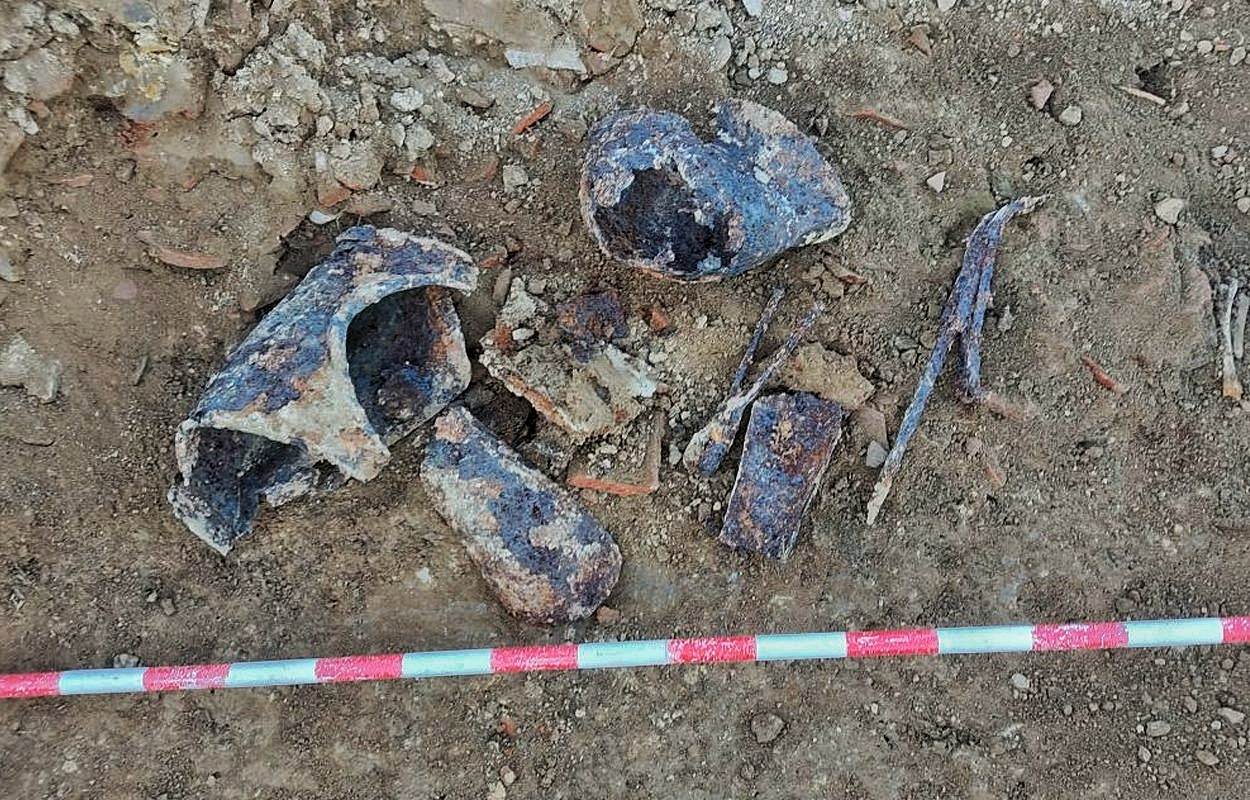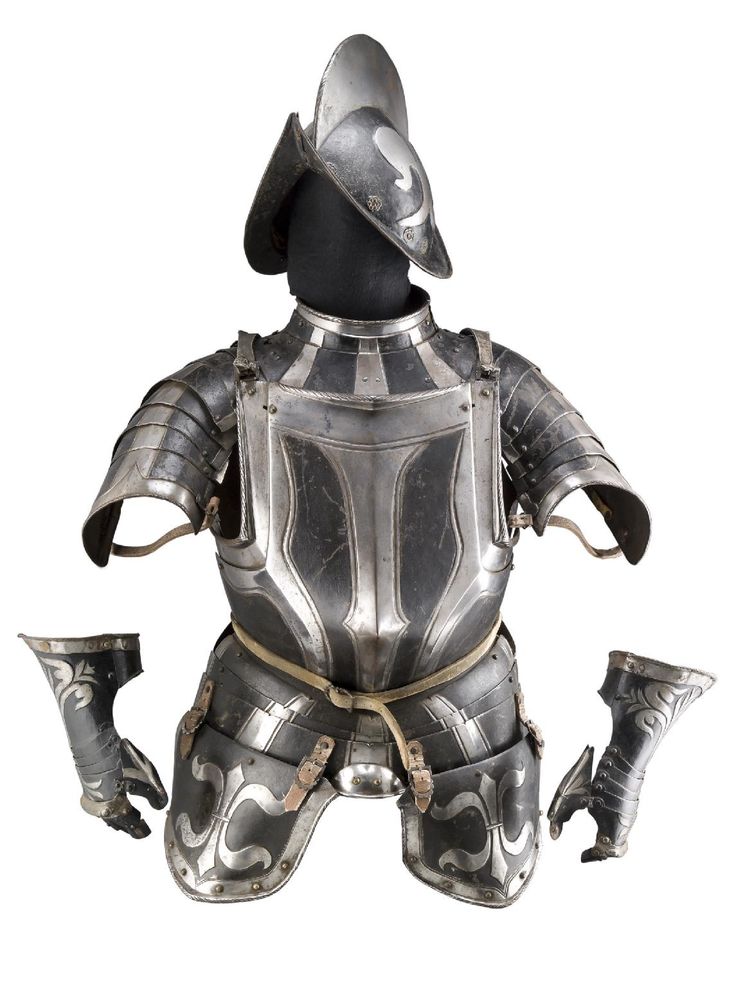Unfolding a piece of history straight out of the chivalric tales, a team of archaeologists hit the jackpot in the heart of Spain. They discovered an entire 16th-century set of armor that had been lost in the forgotten armory of the early 14th-century Castillo of Matilla de los Caos del Ro. This find is not just a feather in the cap of Spanish archaeology, but it is also a precious reminder of Spain’s tremendous military past.

The Castillo de Matilla de los Caos del Ro is an early 14th-century castle in Salamanca, Spain, near the settlement of Matilla. The presence of stone dolmens and other burial megalithic monuments in this area dates back to the fourth millennium BC.
The castle’s battle-scarred walls and towers, nestled on a mountaintop overlooking the great countryside, bear witness to several brutal conflicts, with the suit of armor echoing legends of courageous knights and dramatic sieges.
Until recently, the castle was incorrectly thought of as having been constructed after the 8th-century Arab conquest of the Iberian Peninsula. However, a team of archaeologists from “Arbotante patrimonio e innovación SL” say the castle’s architecture has “no Arab or Moorish influences” and it was designed and built by the Christians that ruled the region in the 14th century.
Digging into the castle’s foundations
Archaeologists unearthed a cache of weapons and an entire set of plate armor deep beneath this castle, in a buried armory. Since the beginning of 2023, a team of archaeologists from Arbotante Patrimonio e innovación SL has been excavating the castle’s interior and exterior.
A recent report on Salamanca24horas says the researchers have so far identified “the possible gateway entrance, a cistern, circular towers, and an armory containing the remains of weapons and pieces of armor”.
Within the lost armory, the researchers first found a crossbow and a knife, and beside them the complete 16th-century suit of armor. Comprising almost 50 individual parts, Aborante archaeologist Iván García Vázquez told Salamanca24horas that the armor has all its functional pieces, including “a helmet, breastplate, trellis, elbow pads, greaves and other protections for arms and legs”.
When craftwork resulted in life or death

Known as “armaduras” in Spanish, in the 16th century, Spanish suits of armor underwent significant changes in design and functionality, reflecting the evolving tactics and technologies of warfare at that time.
Armaduras were skillfully crafted from high-quality steel and they featured a full plate construction, providing the most extensive protection for the wearer. They were also equipped with articulated joints allowing greater mobility in battle.
Symbolically, armors were often decorated with intricate etchings, engravings, and embossments. And knights often wore ostentatious feathers or plumes in their helmets to make themselves even more visually awesome, and to further enhance their perceived status and wealth.
A national symbol of military might
The latest season of excavations at Castillo de Matilla de los Caños del Río also unearthed numerous pieces of cannonballs known as stone shot, or in Spanish: bolaño. Beside the cannonballs, the researchers found crossbow bolts, and some of the bolts were of the “socketed head.”
Because it was specifically constructed in reaction to plate armor, this sort of bolt was popular during the medieval and Renaissance periods. Socketed head bolts were a powerful and effective ranged weapon for both infantry and cavalry formations, with massive spiked tips specifically designed to puncture chain mail.
Returning to the full suit of armor from the 16th century: during this period, Spain played an important part in the exploration and colonization of the New World, and Spanish conquistadors frequently donned suits of armor similar to this one throughout their travels.
So, while the finding of the suit of armor is archaeologically significant, it also serves as a powerful emblem of the military might of the 16th-century Spanish Empire on a national level.



